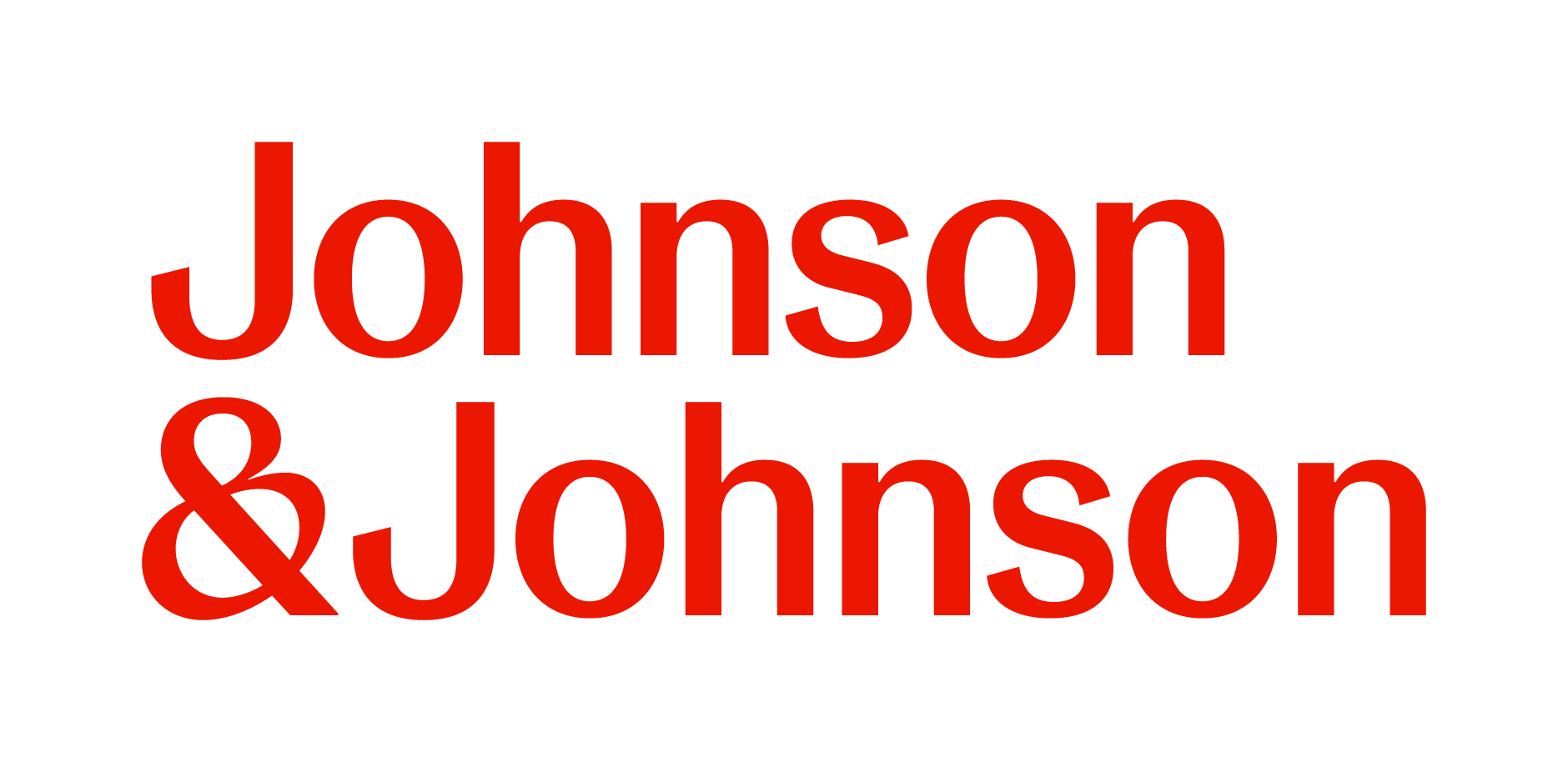I know what you’re thinking. I’m not in a creative field – why do I need portfolio? The truth is, every professional could use a portfolio, and in today’s job market, no one needs to look more professional than a college student or recent graduate. Unless you lucked out with an interview for a family or friend’s company, a hiring manager has nothing to go on but a letter and your résumé. What better way to showcase who you are and what you can do than with a portfolio?
Think of it as a supplement to your résumé. Your portfolio will support every statement you make regarding how perfect you’d be for that job. Remember show and tell? You wouldn’t stand up in front of your class going on and on about how great your pet caterpillar is without actually bringing the caterpillar in. The same principle applies here.
Portfolios are also a terrific reminder that even though you barely survived that internship from hell, it was still a smart career move. Whip out your portfolio every now and then to remind yourself that the experience, no matter how miserable, was well worth it.
By all means, don’t go all Beyoncé and digitally archive your work in a temperature-controlled storage facility. And don’t scramble trying to locate every single thing you’ve ever produced, either. Instead, focus on your most recent and noteworthy accomplishments. Unlike a résumé, a portfolio should house only your best work. The key is to steal the scene from all the other players or – in this case, from all the other candidates.
So, what should you include? It varies, of course, according to your chosen field. However, there are some guidelines that generally work for everyone:
The Basics
It should go without saying that your résumé must be included, but it’s also wise to add contact info for references or recommendation letters from former supervisors. Be sure that every element is clearly labeled with a brief description so that you (and whoever might be looking) can easily navigate.
The Samples
Creative types should absolutely include documents and images, but other kinds of professionals can include docs and pics, too. Image-based marketing is everything these days, so adding visuals will really help sell you and your skills to the hiring manager. (I’ll save selling your soul to your employer for another blog).
For instance, you might add a case study or data that demonstrates how you helped an organization achieve growth. Show off social media savvy with sample posts or analytics reports. For online portfolios, you might include links and short videos, too. No matter which medium you choose, make it a point to highlight your skills and how they were applied successfully in your past experiences.
The Folder
For a hard copy, head to any Staples. With numerous options for cases, binders and files, you can absolutely find something that will store your work neatly and professionally. For a long time I used a simple presentation folder with address labels for each page. Totally DIY, I admit, but it worked like a charm.
For a digital version (which I highly recommend), check out the sites below. Some are strictly for images or documents, while others are more platform than portfolio.
• Portfoliobox
• Dunked
• Folio24
• Clippings.me
• Google Sites
• Weebly
• Dropr
It’s important to note that truly exemplary portfolios require a significant amount of effort, even if they’re online. I have three, and not because I’m just the bee’s knees and produced too many praiseworthy samples. I compiled separate ones because unlike a salary, being adaptable to a multitude of roles and job scenarios is non-negotiable.
Keep in mind that you won’t be sharing your portfolio at every interview. It’s always a good idea to be prepared anyway and use your best judgment to determine whether or not it’s appropriate.




